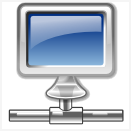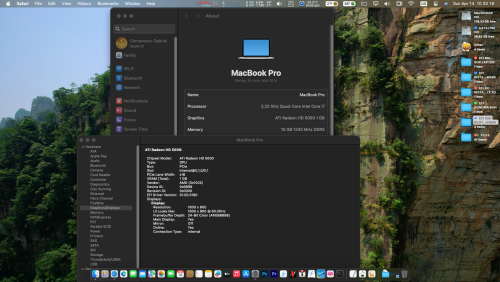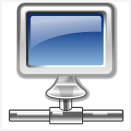
“That’s fine with us. We don’t mind,” Schiller said. “If there are people who love our hardware but are forced to put up with a Windows world, then that’s OK.”
“Any new machines that are on the market that run Windows are great,” said Scott Erickson, director of product management and marketing for Microsoft’s Mac business unit.
So what do you think? Has Apple effectively shut out Windows installation until Vista ships? Is this a mistake or a smart move?
- Read more...
- 145 comments
- 55,683 views





